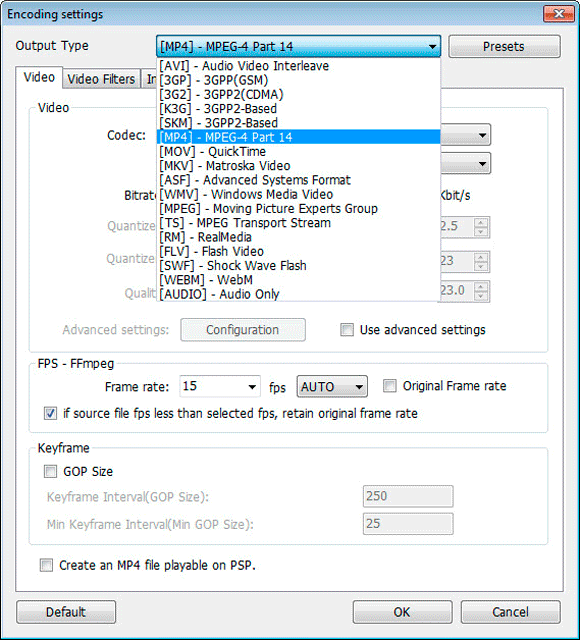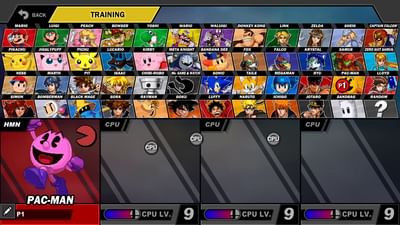


to see diagnostic information about FFmpeg detection. You can also choose Help > Diagnostics > Show Log. button to obtain the correct library for your operating system. If you still see "not found", you may have installed the wrong libraries. Click Open then OK and OK again to close Preferences.įFmpeg Library Version should now show a set of three version numbers for the sub-libraries of FFmpeg ("F" for libavformat version, "C" for libavcodec version and "U" for libavutil version).Navigate to the folder that contains FFmpeg, and select the file avformat-55.dll.If the " Locate FFmpeg" dialog appears, click Browse.If a " Success" message indicates Audacity has now automatically detected valid FFmpeg libraries and asks if you want to detect them manually, click No, then OK to close Preferences.To do this, access Preferences then the "Libraries" tab on the left:Īs seen in the image above, the "FFmpeg Library Version" will say "not found". )If you're a DOS command-line freak, this is your day.If you installed FFmpeg while Audacity was running, or if you installed FFmpeg to a non-default location, Audacity will ask you to configure Preferences to locate the FFmpeg library. Interestingly the documentation at the FFmpeg website doesn't list half as many options as you get from the HELP function.If you can ever understand all the various options, you may be able to create high-quality encodes. I thought about writing her some batch scripts, but Im assuming someone knows of a good Windows GUI front end. To put it simply, FFmpeg is awesome, and every user should have FFmpeg installed in Windows. If you enter '-h' at a command prompt, you'll get a list of available options/switches which may or may not be up-to-date or applicable to that particular version. I use ffmpeg in Linux in the command line (and love it) but Ive got a windows only client looking for a good video encoder. range and type of permissible values are not given). Some builds of FFmpeg also include open-sauce, free, encoders like LameMp3 and XviD, which allow you to use whatever version of the out-sourced encoder was built into the FFmpeg executable/binary/windows program.FFmpeg includes a myriad of command-line options/switches to control encoding. FFmpeg has it's own internal encoders which are quite fast. Often the GUI can not interface with a newer version of FFmpeg. There are also several "FFmpeg GUIs", which come with a particular version of FFmpeg, which is usually outdated. Some video transcoding software utilizes FFmpeg. It's a command-line controlled program (Do you still DOS?) Documentation is poor.

FFmpeg was developed for Linux, but there are builds available for Windows.


 0 kommentar(er)
0 kommentar(er)
